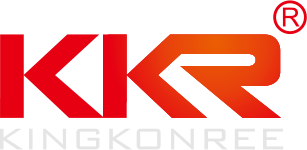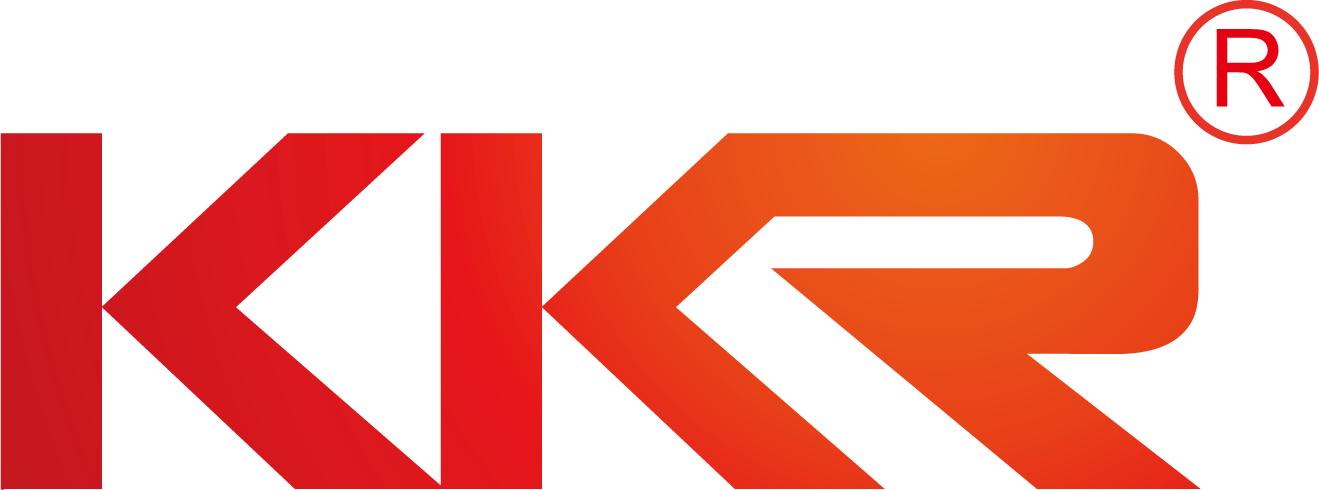 KingKonree - Solid Surface Manufacturer of Sanitary Ware, Solid Surface Countertops & Sheets for over 25 years, innovation in moulding and thermoforming
KingKonree - Solid Surface Manufacturer of Sanitary Ware, Solid Surface Countertops & Sheets for over 25 years, innovation in moulding and thermoforming
How Is Translucent Solid Surface Fabricated?
Translucent solid surface materials are a popular choice for modern interior design due to their versatility, durability, and aesthetic appeal. These materials are commonly used for countertops, vanities, wall cladding, and various other applications in residential and commercial spaces. The fabrication process of translucent solid surface involves several intricate steps to ensure a high-quality finished product. In this article, we will explore how translucent solid surface is fabricated, from the initial design phase to the final installation.
Design and Planning
The first step in fabricating translucent solid surface is the design and planning phase. This is where the overall concept and layout of the project are established. Designers work closely with clients to understand their aesthetic preferences, functional requirements, and budget constraints. During this phase, detailed drawings and digital renderings are created to visualize the final product. Designers also determine the type of translucent solid surface material to be used, as well as any additional features such as integrated sinks, backsplashes, or decorative elements.
Once the design is finalized, precise measurements are taken to ensure that the translucent solid surface will fit perfectly within the designated space. This involves creating templates and templates from plywood or cardboard to accurately transfer dimensions to the actual material. Designers also consider the orientation of patterns and colors within the material to achieve a cohesive and harmonious look.
Fabrication Process
The fabrication of translucent solid surface involves a series of steps that require specialized equipment, tools, and expertise. The process typically begins with cutting the material into the desired shapes and sizes using a CNC machine or a template and a hand router. This step is crucial to ensure that the translucent solid surface fits precisely within the designated space and aligns with other components such as sinks and appliances.
After cutting, the edges of the material are shaped and finished to create a smooth and seamless look. This can be done using a variety of techniques, including hand sanding, buffing, or using specialized edge profiles. The goal is to create a uniform edge that complements the overall design of the project.
Color Matching and Customization
One of the key advantages of translucent solid surface is its ability to be customized to suit individual preferences. This includes color matching, where designers can create custom colors and patterns to achieve a unique and personalized look. Color matching involves blending pigments and dyes into the translucent solid surface material to achieve the desired hue and intensity.
In addition to color matching, translucent solid surface can also be customized with embedded objects, such as shells, stones, or other decorative elements. These objects are encapsulated within the material during the fabrication process to create a one-of-a-kind look. Customization options are virtually endless, allowing designers to create truly unique pieces that reflect the personality and style of their clients.
Thermoforming and Molding
Thermoforming and molding are advanced techniques used to create intricate shapes and curves in translucent solid surface material. Thermoforming involves heating the material to a pliable state and then shaping it over a mold or form. This process allows designers to create organic shapes, curves, and three-dimensional textures that would be difficult or impossible to achieve with traditional fabrication methods.
Molding, on the other hand, involves casting translucent solid surface material into a mold or form to create specific shapes and profiles. This technique is often used to create components such as sinks, basins, and integrated countertops. Molding allows for precise detailing and a seamless integration of different elements within the design.
Finishing and Installation
Once the translucent solid surface material has been fabricated to the desired specifications, it undergoes a final finishing process to enhance its appearance and durability. This may involve sanding, polishing, buffing, or applying a protective sealant to the surface. Finishing techniques can vary depending on the specific requirements of the project, such as the desired level of gloss, texture, and scratch resistance.
After finishing, the translucent solid surface is ready for installation. Experienced installers carefully place the material within the designated space, ensuring a proper fit and alignment with other components. The material is securely fastened to the underlying substrate using adhesives, fasteners, or mechanical anchors. Once installed, the translucent solid surface is ready to be enjoyed for years to come.
In conclusion, the fabrication of translucent solid surface material is a complex and intricate process that requires careful planning, precision, and expertise. From design and planning to finishing and installation, each step plays a crucial role in creating high-quality and visually stunning pieces. With its versatility, durability, and customizability, translucent solid surface continues to be a popular choice for modern interior design projects. Whether used in residential kitchens, commercial offices, or hospitality spaces, translucent solid surface adds a touch of elegance and sophistication to any environment.
Company Info
Address:Room No. 2408-2508, Building 5A, Longguang Jiuzuan, Longhua District, Shenzhen, China
Zip Code: 518131
Tel: +86 (0)755-82875700
Fax: +86 (0)755-82875921

